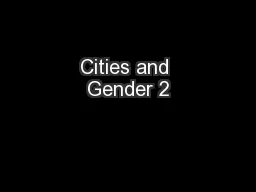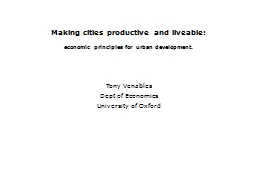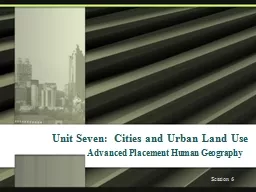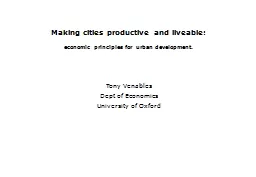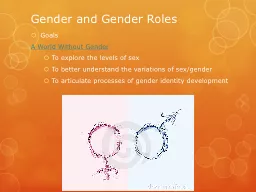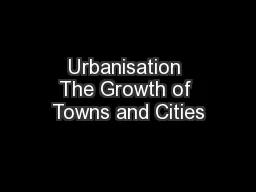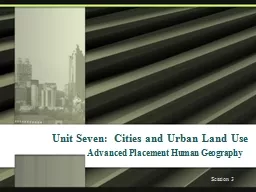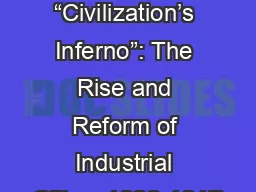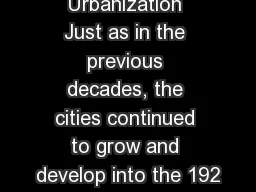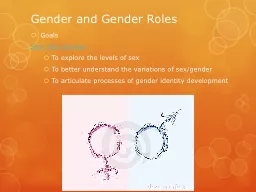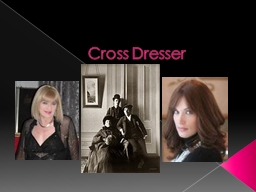PPT-Cities and Gender 2
Author : marina-yarberry | Published Date : 2017-08-17
The Flaneuse The private and the Public In Victorian culture private as feminine public as masculine Apotheosis of modernity associated with progress vs a dangerous
Presentation Embed Code
Download Presentation
Download Presentation The PPT/PDF document "Cities and Gender 2" is the property of its rightful owner. Permission is granted to download and print the materials on this website for personal, non-commercial use only, and to display it on your personal computer provided you do not modify the materials and that you retain all copyright notices contained in the materials. By downloading content from our website, you accept the terms of this agreement.
Cities and Gender 2: Transcript
Download Rules Of Document
"Cities and Gender 2"The content belongs to its owner. You may download and print it for personal use, without modification, and keep all copyright notices. By downloading, you agree to these terms.
Related Documents

